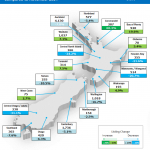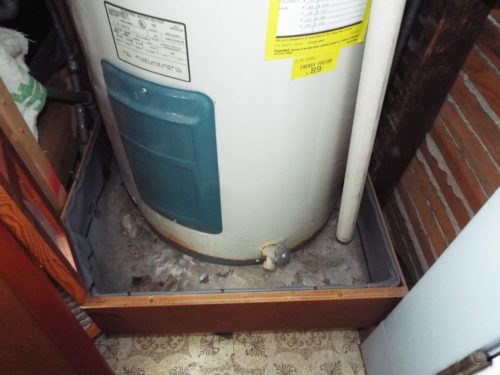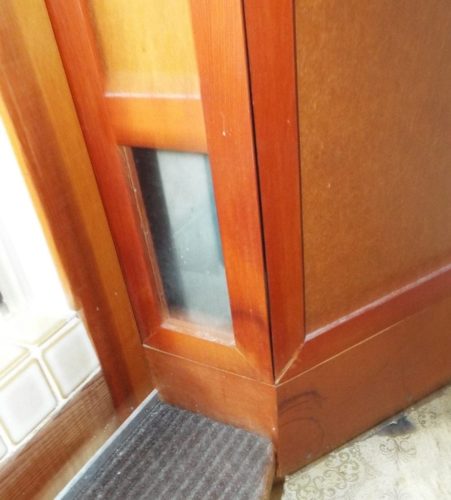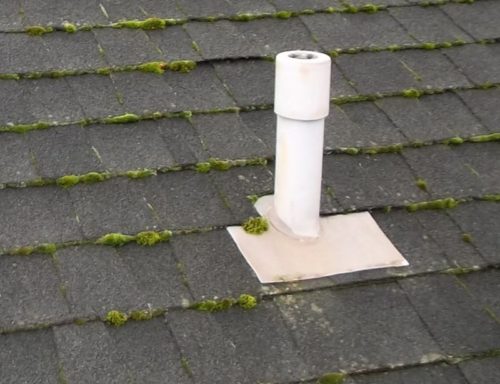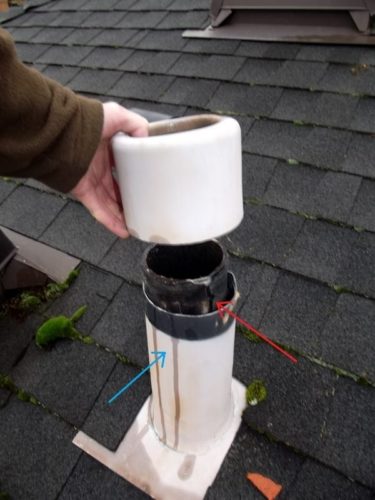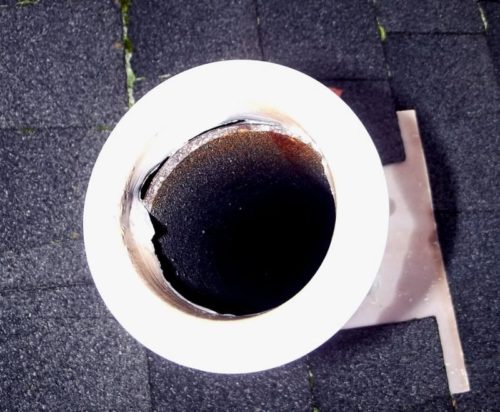Buying a house is the biggest investment most
of us make, so it is important to get it right.
Home buyers need to remember that the seller’s
real estate agent works for the seller. However,
they also need to be aware that real estate
agents licensed under the Real Estate Agents
Act, and their salespeople, are also bound by
a number of statutory and ethical obligations
which require them to provide the buyer with
information of material importance, and to
fully answer buyers’ questions. Information of
material importance is any information about
the property that could impact on your decision
about buying it. Buyers and sellers alike should
know that sellers of real estate who are not
covered by the Real Estate Agents Act are not
bound by the same requirements.
Friends and family are often keen to offer free
advice, but spending money on professional
advice before you buy may save you spending
a lot more money in future fixing problems you
didn’t know about.
Knowing the right questions to ask and engaging
expert advice will help you make a sound
investment for your future – whether you’re
buying a home to live in with your family or to
rent to tenants.
Is the seller or their agent aware of any
problems with the property?
Ask both the real estate agent and the
seller if there is anything a buyer should be
aware of with the house, particularly around
weathertightness concerns if it’s a modern
design or had additions done since the early
1990s. Write down what you are told.
Buying a house
A checklist to help home buyers
make informed decisions
Most apartments and townhouses are unit title
properties, with a body corporate governing the
use of common areas and administering the body
corporate rules. Always ask the seller to authorise
the body corporate secretary to provide full
records, such as meeting minutes and financial
reports, to identify any financial liabilities you
need to know about, or problems such as leaks or
subsidence.
What needs to be checked?
For all properties, regardless of age and design,
basic checks should include:
• the condition of the roof (rust, broken tiles,
patching)
• plumbing, including water pressure – check all
taps and showers
• the condition of drainage systems – are there
any signs of flooding from a partially blocked
sewer or storm water drain?
• electrical wiring – check the switchboard
and power points for any discolouration
• the condition of the piles (under floor supports)
• insulation – in the ceiling space, in the walls,
under the floor
• the condition of fences, paving and driveways
• evidence of house movement, such as cracked
window sills and doors that don’t close properly
• any alterations that do not appear on the plan
(plans usually can be obtained from the local
council for a small fee).
www.consumerbuild.org.nz
Is a pre-purchase building inspection
advisable?
A pre-purchase building inspection is
advisable for all properties, but essential for
homes that may be at risk of leaking. If the
property has any potential signs of leaking,
engage an experienced building expert with
weather tightness expertise to inspect it. If the
house you are thinking of buying has any obvious
weather tightness risks, ask the building expert
to report specifically on this. If the property
is an apartment or in a townhouse complex,
ensure the whole complex is inspected for
weather tightness and not just the unit you are
interested in. If other parts of the complex are
leaking then you will be liable for a share of their
repair, even if your own unit is weather tight.
Can you check if a house has had
weathertightness problems?
Weathertight Services, Department of
Building and Housing, can let you know if the
property is or has been subject to a claim –
call 0800 324 477. In Land Information
Memorandum (LIM) reports councils are
obliged to identify properties that are or have
been subject to Weather tight Services claims.
However properties that have been subject to
Weather tightness claims through the courts
or private actions do not have to be identified.
Homes requiring re-cladding require a building
consent from your local council.
All houses are capable of leaking if not built
correctly. However, if a house was built or had
major renovations after the early 1990s, some
features are known to increase the risk of leaking,
including:
• monolithic claddings, including texture coated
fibre-cement, EIFS (polystyrene boards
with a plaster and paint finish), and stucco
• more than one cladding system used
on the house
• lack of roof overhang or eaves
• complicated roof design
• balconies, particularly above rooms
• internal gutters
• wall claddings in contact with the ground
• lack of flashings (waterproofing strips)
to windows, doors and chimneys
• parapets without sloped tops or adequate
cap flashings.
Check the property yourself for potential signs
of leaking, including: visible water damage;
cracks in the external cladding; mould on
ceilings and internal walls; walls and skirtings
showing signs of bulging and staining. Check any
balconies on upper floors where water cannot
freely drain away.
Ask for furniture, floor rugs and pot plants on
balconies to be moved, if necessary, to ensure
you can thoroughly check for signs of potential
leaks and rot.
Older homes can have weather tightness
problems if additions or renovations have
been undertaken since the early 1990s,
or if maintenance of roofs and walls has not
been carried out.
What about newly built houses?
People planning to build a new house should
discuss weather tightness matters with the
architects, designers and builders involved.
If any concerns arise, seek advice from
an experienced, qualified consultant with
weather tightness expertise. Money spent at
the planning stage can avoid costly problems in
the future. Visit www.consumerbuild.org.nz for
detailed information about what you need to be
aware of when buying or building a home.
What can the council tell you about
the house?
For a small fee you can view the property file
on any house, including original specifications
and drawings. You can also obtain a Land
Information Memorandum (LIM) report, which
provides information your local council holds
about a property. While a LIM is more expensive
than viewing the property file and can take up
to 10 working days to obtain, it is a valuable
pre-purchase check to protect your investment.
The LIM outlines any permitted alterations that
have been made to the house and any proposed
local authority zoning or other changes to the
area or the property. Make sure you allow for
time to get a LIM when putting in an offer on
a property.
A LIM report will show whether existing works
have received council consent and whether
the council requires any remedial work. Any
house built or modified since 1992 should have
a code compliance certificate or a certificate
of acceptance issued by the local council. If it
hasn’t, you need to find out why. The LIM will
also give you information about matters such
as soil contamination, possibility of flooding,
and zoning details.
Remember, however, that the LIM provides
information only about those things reported
to the council. Check with your lawyer that the
LIM covers everything you need to know.
Are there any problems with the
property title?
Seek legal advice about the property title.
In particular you need to know about easements,
including rights of way. Buyers should make their
offers conditional on a title search to identify any
problems ahead of actual purchase.
If you don’t have a lawyer,
www.propertylawyers.org.nz will help you
find one or you can call 0800 745 754.
Getting the contract right
Ask your legal adviser to use a contract like
the Auckland District Law Society’s or Real
Estate Institute of New Zealand’s standard sale
and purchase contract, which includes useful
warranty clauses. For your protection you should
seek a warranty for weather tightness in the sale
and purchase agreement.
Buyers wanting a builder’s or engineer’s report
should include an appropriate condition in their
offer, allowing them to cancel the contract if the
report is not satisfactory.
Make sure that whatever you sign is right for you
before you sign it.
Will there be any maintenance?
A lot of modern houses are described as
‘low maintenance’, but this does not mean
‘no maintenance’ – there is no such thing
as a maintenance-free house.
Check that you will have easy access to areas
of your house that need regular maintenance,
like gutters. Also check that landscaping features
will not present problems, for example wall
claddings that are likely to come into contact
with the ground or garden debris.
Remember, fibre-cement cladding or other
speciality exterior cladding will usually need
more and professional maintenance than a
weatherboard house.
See reverse for summary checklist.
Checklist summary
Ask the agent and the seller about any issues
with the house.
Thoroughly check the house yourself, including:
the roof plumbing, including water pressure
electrical wiring the piles insulation (especially
above ceilings where most heat escapes)
fences, paving and driveways evidence of house
movement any alterations that do not appear
on the plan.
Check the property for potential signs of leaking,
including:
visible water damage
cracks in the external cladding
mould on ceilings and internal walls
bulging or stained walls and skirtings
balconies on upper floors without good
drainage.
Make sure you:
view the property file at the local council, or
obtain a LIM from the local council
engage an experienced building surveyor to
report on the property seek legal advice about
any issues that arise in the LIM or property report
obtain legal advice before you sign the contract
don’t sign the contract until you are confident
it is right for you.
For reliable, practical advice on buying,
building, renovating and maintaining
homes visit www.consumerbuild.org.nz
– a joint website of the Consumers’
Institute and the Department of Building
and Housing.
Source: www.dbh.govt.nz, http://www.building.govt.nz/UserFiles/File/Publications/Building/consumer/home-buyers.pdf
Kind regards,
Duane Turner
Territory Owner and Inspector
Office: 09 811 8018
Mobile: 027 376 4806
duane.turner@abuyerschoice.com
www.waitakere.abuyerschoice.com
Waitakere & Surrounding Areas



I am certified qualified to test for methamphetamine - ask me about testing for meth at your property.












